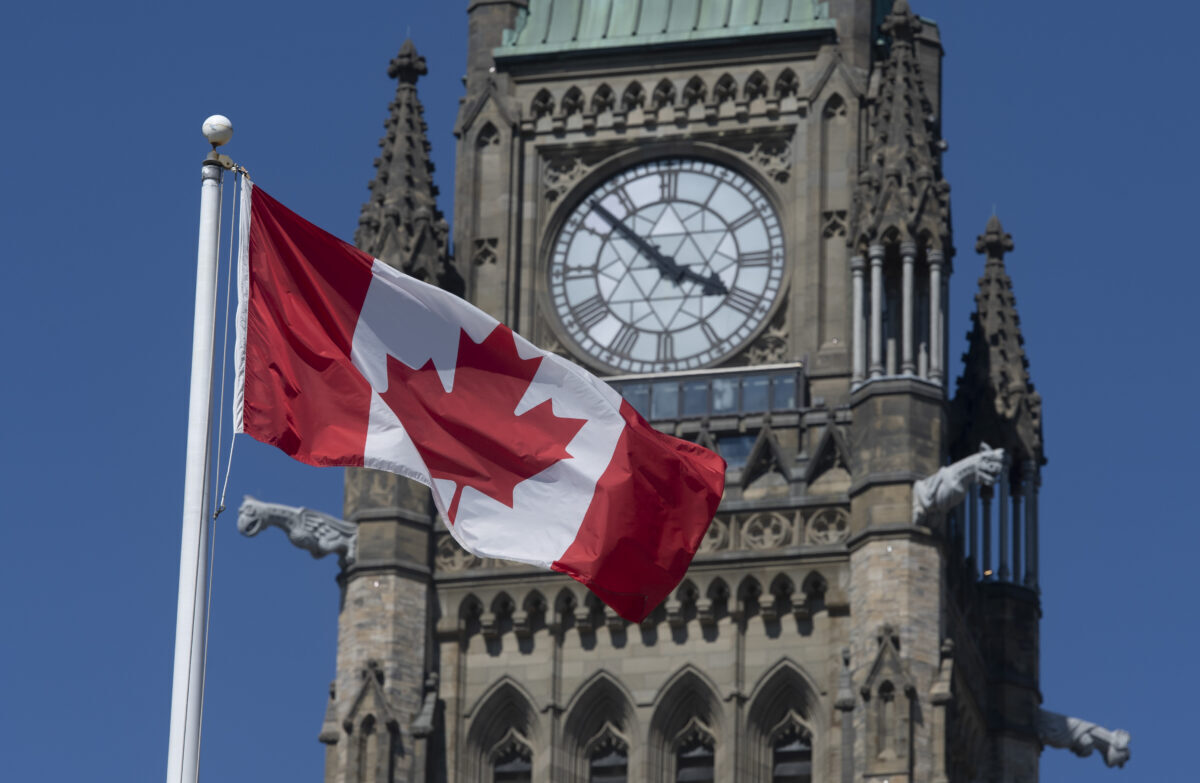


OTTAWA—Canada has fully recovered from the pandemic with new lows for unemployment and an improving economic outlook, but it is falling behind the United States in investment and productivity and it needs a plan for lowering the national debt, according to the Organisation for Economic Co-operation and Development (OECD).
On March 6, the OECD presented its 2023 economic survey of Canada, which provides a thorough analysis of Canada’s economic performance, fiscal and monetary policy, and recommendations to boost economic growth and productivity. The last OECD economic survey of Canada was done two years ago.
Canada is struggling with elevated inflation, and like the Bank of Canada, the OECD envisages inflation coming down to 2 percent by the end of 2024.
The OECD also forecasts economic growth of 1.3 percent in 2023 and 1.5 percent in 2024.
The OECD says that Canada has been shielded from some of the effects of the war in Ukraine due to its “energy independence and limited direct ties to hard-hit economies.”
But on the domestic front, the OECD cautions that while financial stress indicators generally remain low for Canada, households are becoming more cautious due to rising interest rates and weakening home values, which creates uncertainty for consumer spending going forward.
“The aggregate household debt burden remains among the highest in the OECD,” said the survey.
Canada’s budget deficits and national debt shot up during the pandemic, but now reductions in both are underway. Regarding the country’s finances, the OECD says “Canada fares better than most countries in this regard.”
Canada’s budget deficits and national debt shot up during the pandemic, but now reductions in both are underway. Regarding the country’s finances, the OECD says “Canada fares better than most countries in this regard.”
Nevertheless, the OECD says that government spending has to complement the central bank’s fight against inflation in tempering demand.
The OECD reports that the consolidated fiscal deficit across all levels of government peaked at 11.4 percent of gross domestic product (GDP) in 2020 but is estimated at 0.6 percent for 2022—lower than that of the United States and European Union.
A key OECD recommendation is that the federal government must “maintain a credible medium-term plan for lowering federal government debt” that should include “the detailing of spending efficiency plans.”
The OECD explains that the spending reductions announced in Budget 2022 were later attributed to lower-than-expected demand for certain COVID-19 programs and thus would not be considered active policy to increase public spending efficiency—an issue underscored by the Parliamentary Budget Officer.
The OECD points out that Canada has “more headroom for increasing consumption tax than many other countries.” This is due to the GST and provincial equivalents being low relative to many other OECD countries.
“Tax reforms and improved public spending could boost growth potential and sustainably lower the fiscal deficit,” according to the OECD survey. “There is scope for improving the tax mix.”
Facing rising living costs, the OECD warns about broad measures that fail to target the most vulnerable. But even targeted measures, if sustained for a long time, have downsides, the OECD notes.
“Across-the-board measures that lower energy costs are costly and fail to target the most vulnerable, while also weakening incentives to reduce energy use when supply is tight.”
To improve economic growth and productivity, the OECD recommends that Canada reduce the trade barriers and regulations between provinces while increasing competition through foreign ownership in sectors like telecommunications. The OECD also identified corruption and economic crimes such as money laundering as problematic for Canada’s business environment.
Canada is still reeling from the slump in resource-sector investment following the 2014 oil price collapse, which has been central to the drop in business investment and corresponding weakening in productivity.
The OECD provides several suggestions for increasing business-sector productivity like tax breaks on investment and R&D, improvements to infrastructure and market efficiency, and reforms that strengthen vocational training.
Regarding greater competition, the OECD points out that Canadian telecommunications rules mandate that both ownership and board composition must be at least 80 percent Canadian for operators with more than a 10 percent share of the market.
“The need for such restrictions should be evaluated as part of the ongoing review of the sector.”
The OECD notes that Canada’s GDP per capita has weakened relative to the United States and other leading OECD countries.
“Removing barriers to internal trade and ensuring sound competition policy for big tech companies would help raise investment and productivity, and thus incomes.”
Interprovincial trade barriers include things like differences in technical standards and regulations between provinces that slow down the flow of goods and services, and non-recognition of certain qualifications between provinces.
